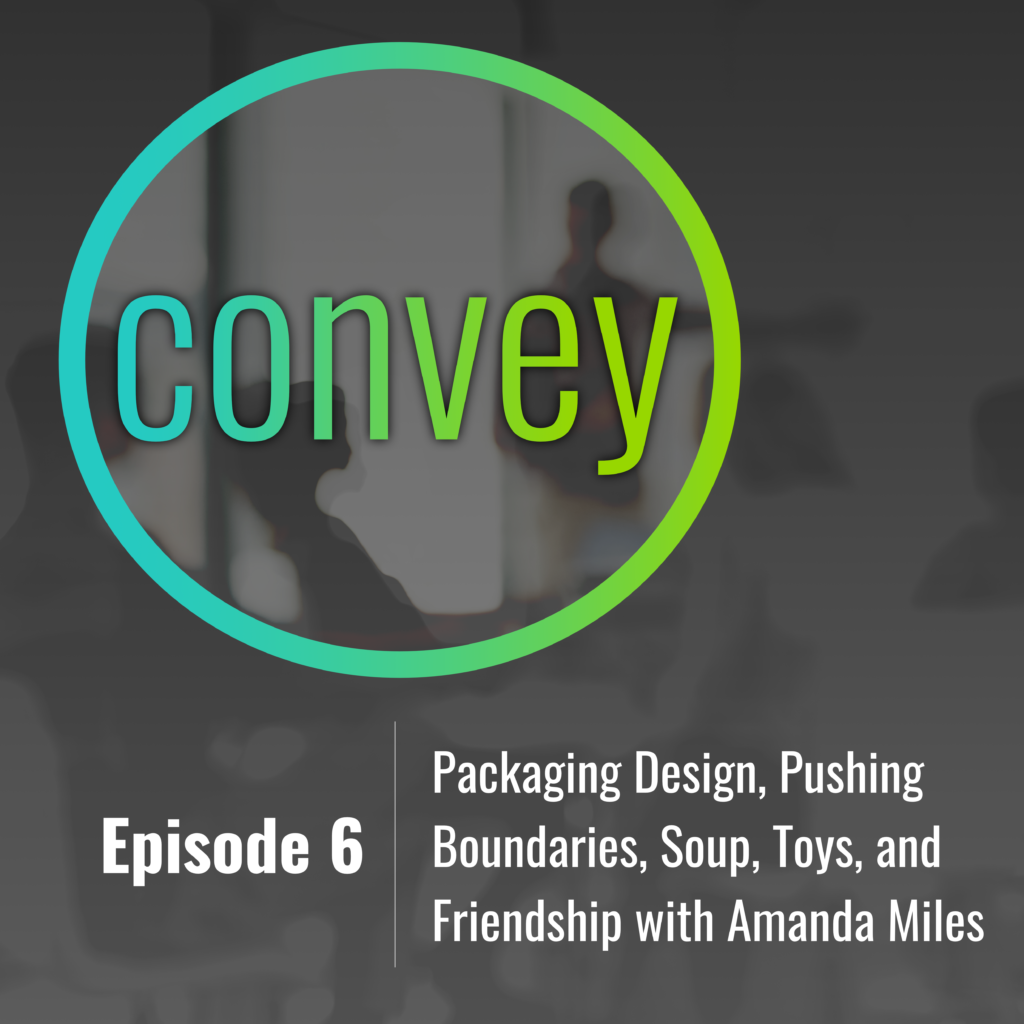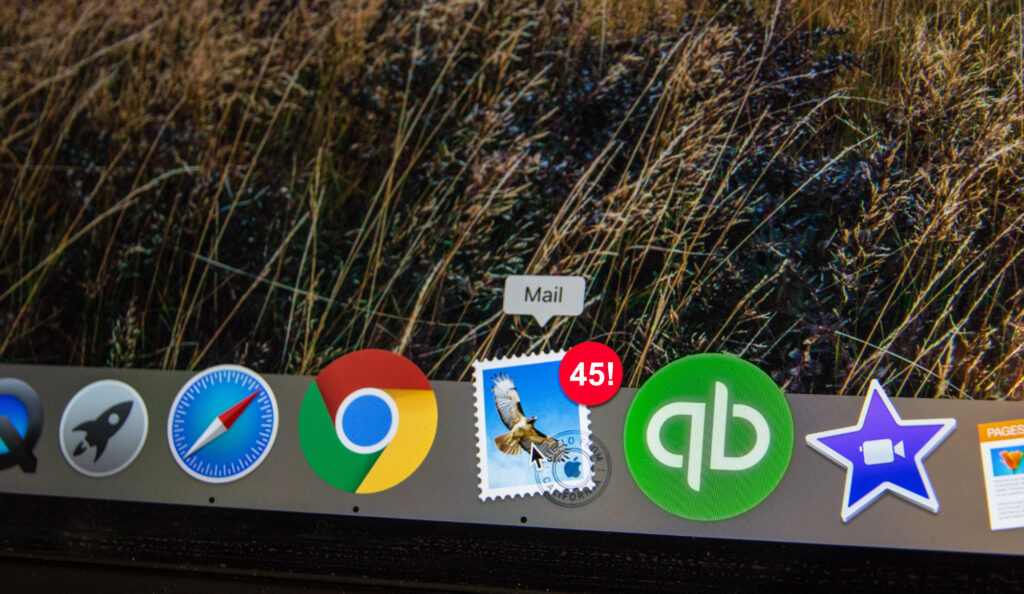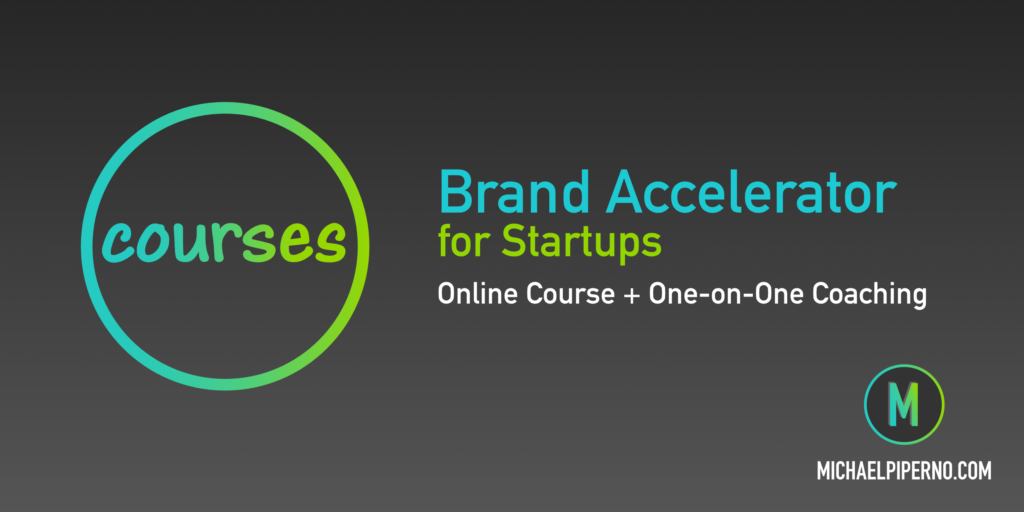Career Journeys, Changes and Transitions
Making a career transition, or any significant type of career change, is hard work. It’s also fraught with risk and uncertainty — yet the payoff can be literally life-changing.
I know. I’ve done it 4 times. And that’s why I enjoy helping others along their career journeys. Whether it’s figuring out if it’s best to stay or go, plotting the plan to make a transition from a steady path with a large company to a more volatile (and more exciting) start-up or early-stage venture, or designing a complete change that means starting from scratch, I’ve helped people through it all.
Here are a few things I’ve learned that may help you if you’re feeling stuck, or if you’re thinking about what it would be like to make a big (or small) career transition.
Connect Your Purpose with Your Career Path
I know, a sense of purpose can be elusive. But I argue that it’s critically important. If you do the work to find and clarify it, you’ll be more confident heading down the right path. Purpose is often easier to see once you’ve looked at your passions and the value you bring to others. And remember, your purpose can evolve. Mine sure has, but the common thread for me has always been two things: teaching and communication.
Connecting your purpose to your work will help you discover what you really want, and then you can target the position or path that leverages your strengths and passions.
Think Transition, Not Change
Chances are you’re not throwing all your skills and experiences out the window and starting with absolutely nothing you can carry with you. That’s why I’ve never liked the term “career change.” In my experience, I’ve made several career “transitions” — each one building off my knowledge, skills, and experiences to date (but now more aligned with my purpose and current goals). Inventory your skills and experiences and consider how you’ll apply them to the future career you want.
Get Good at Networking
You can apply to positions all you want — but that means molding yourself to fit a position that’s been predefined. There’s nothing wrong with that if you’re simply looking for your next “job.” But most of the people I help are looking for more than that. They want a new chapter where they can feel more fulfilled — and feel like they’re making a difference. Those opportunities are often created through networking with people who need what you have to offer — even if no job description exists.
To get good at networking, you must define the right avenues for making the connections you need. This means leveraging people you know — and meeting new people — who can help you connect with the right humans who can get you there.
Get Outside Help to Keep You Accountable
Hoping that the next chapter of your career will magically reveal itself is a sure way to ensure it never comes. You have the power to make it happen if you really want it. However, it’s not easy to do and you need to create short- and long-term action plans to keep yourself accountable.
Figuring out how to make real change happen, or even if making a transition is right for you at the current time, is rarely done well alone. Seek help from a coach, trusted advisors, and other people who have done the work and you’ll be much more likely to stay the course and make it happen.
I’m Here for You
I help leaders transition to more fulfilling next chapters in their careers.
Want to learn more about how I can help? Let’s talk.
Career Journeys, Changes and Transitions Read More »









